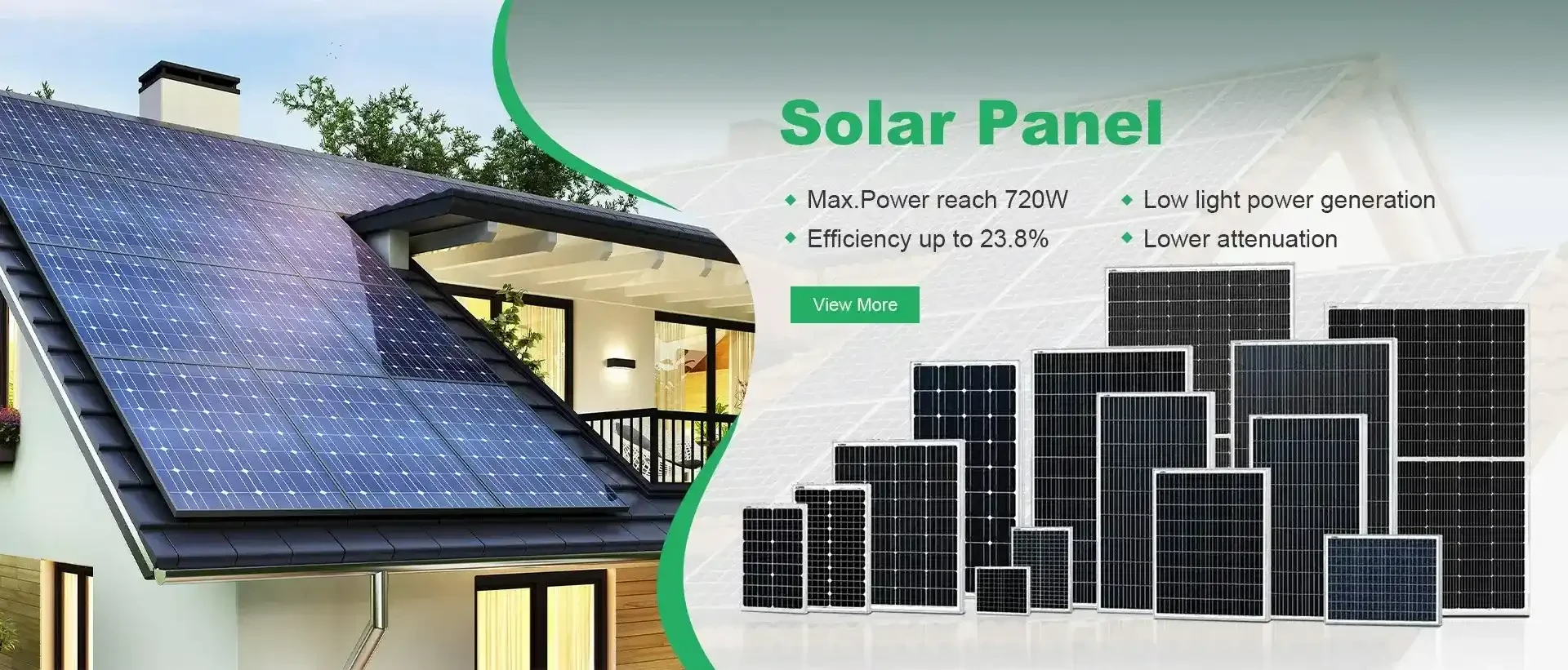Advancements in Solar Cell Efficiency and Their Impact on Renewable Energy Solutions
The Journey Towards Higher Solar Cell Efficiency
Solar energy has emerged as one of the most promising renewable energy sources, helping to combat climate change while providing sustainable power options. Central to this movement is the efficiency of solar cells, which determines how well solar panels convert sunlight into usable electricity. Over the years, researchers and engineers have made significant strides in enhancing solar cell efficiency, paving the way for more effective solar energy solutions.
Understanding Solar Cell Efficiency
Solar cell efficiency is defined as the ratio of the electrical output of a solar cell to the incident energy of sunlight. In simple terms, it measures how much of the solar energy that hits a panel is actually converted into electricity. The efficiency of solar cells is typically expressed as a percentage; for instance, a solar panel with 20% efficiency converts 20% of the sunlight it receives into electrical power.
The quest for higher efficiency involves numerous factors, including material choice, temperature effects, and technological innovations. Traditional silicon-based solar cells, which dominate the market, have seen gradual improvements in efficiency, reaching upwards of 26% under laboratory conditions. However, the practical, commercially available panels tend to operate at lower efficiency—around 15% to 20%.
Innovations in Solar Cell Technology
1. Material Advancements One of the most exciting developments in solar cell technology is the exploration of alternative materials. While silicon panels are the standard, thin-film technologies, perovskite solar cells, and multi-junction solar cells are emerging as contenders. Perovskite solar cells, for example, have demonstrated remarkable efficiency increases in laboratory settings, boasting efficiency rates exceeding 25%. Their ability to be produced at a lower cost and with a simpler manufacturing process makes them incredibly appealing.
2. Bifacial Solar Panels Another innovation gaining traction is bifacial solar panels, which can collect sunlight on both sides of the panel. This design increases the overall energy generation by utilizing reflected light from the ground or other surfaces, pushing efficiencies even further.
solar cell efficiency

3. Tracking Systems Incorporating solar tracking systems also enhances efficiency. These systems adjust the panels’ orientation throughout the day to follow the sun's path, maximizing exposure and energy capture. By using tracking technology, solar installations can achieve significant boosts in energy yield.
4. Concentrated Photovoltaics (CPV) This technology uses lenses or mirrors to focus a large area of sunlight onto a small area of highly efficient solar cells. CPV systems can achieve efficiencies greater than 40% under ideal conditions. However, they require precise tracking systems and are often best suited for regions with high direct sunlight.
Challenges and Future Directions
Despite these innovations, several challenges remain. The durability and long-term stability of new materials, particularly perovskites, require further research to ensure they can withstand environmental stresses without significant degradation. Additionally, market adoption rates for new technologies can be slow, as cost-effectiveness and scalability are paramount.
The global shift towards renewable energy entails not just improving solar cell efficiency, but also integrating these systems into existing energy infrastructures. Energy storage solutions, such as batteries, are crucial for balancing solar energy's intermittent nature with demand.
Conclusion
As the world intensifies its focus on sustainable energy solutions, the efficiency of solar cells will play a critical role in shaping a cleaner, more renewable future. Ongoing research and advancements in solar cell technology promise to drive efficiency rates higher, making solar energy an increasingly viable option for powering homes, businesses, and entire communities. With continued investment and innovation, the dream of achieving efficient, affordable solar energy that meets global energy needs is steadily becoming a reality. The journey towards higher solar cell efficiency not only marks a technological revolution but also a significant stride toward sustainability and environmental responsibility.
-
Unlocking Energy Freedom with the Off Grid Solar InverterNewsJun.06,2025
-
Unlock More Solar Power with a High-Efficiency Bifacial Solar PanelNewsJun.06,2025
-
Power Your Future with High-Efficiency Monocrystalline Solar PanelsNewsJun.06,2025
-
Next-Gen Solar Power Starts with Micro Solar InvertersNewsJun.06,2025
-
Harnessing Peak Efficiency with the On Grid Solar InverterNewsJun.06,2025
-
Discover Unmatched Efficiency with the Latest String Solar InverterNewsJun.06,2025







